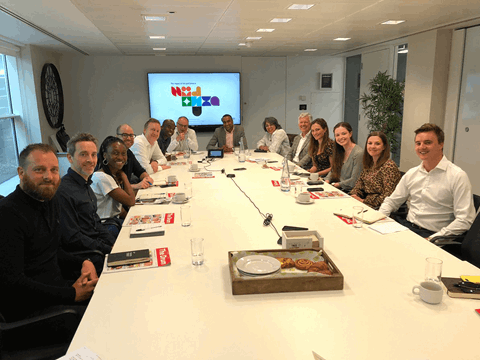Consumers are spending increasingly more time with media, with print media consumption slightly increasing in three out of four countries. The consumption of media has become an important yardstick for brands and agencies for media planning. The more people spend time with a channel the more important it should be in the media mix. This thinking however doesn’t include the difference of attention level for these media. Reading a timeline requires less attention than reading a newspaper article, the context of reading an article online is very different from reading it in your preferred magazine. Media planning based upon time spend therefore falls short of the more important criterium of attention.
But while digital consumption is high among younger audiences, this does not necessarily translate into higher levels of attention. Ebiquity finds that younger audiences are easily distracted online, with one in two saying that they regularly switch between multiple smartphone apps. So brands only have a short time to deliver entertaining campaigns online. If they don’t command attention, the audience will move on. When it comes to getting your ad noticed, Ebiquity scores magazines and newspapers jointly at number five, while they’re perceived as being lower down the scale at numbers seven and eight. Print readers tend to be more engaged and attentive. In fact, according to recent IPA Touchpoints data, readers in the UK have spent 24 per cent longer reading their newspaper during the COVID pandemic. Working out to 1hr 40 mins of quality time on the days they read.
Print’s proven high levels of engagement and ability to connect with a consumer can significantly boost its effectiveness in a campaign mix, and ultimately, its ROI. If effectiveness, innovation, emotional response and engagement are high on a marketer’s list of must-haves for the success of their campaigns, then it’s high time they wake up to the evidence and realise that print can deliver impressively on all fronts.
Ebiquity looks to how media buyers can make the shift from perception to evidence and look to how print can successfully deliver in the campaign mix. ‘Digital media audiences and advertising spend will continue to grow, but offline media will remain an important part of the media schedule for the foreseeable future. To optimise their media spend, decision makers need to avoid making judgements based on instinct and interrogate their thinking more explicitly to help make more considered choices based on proof and evidence.’







